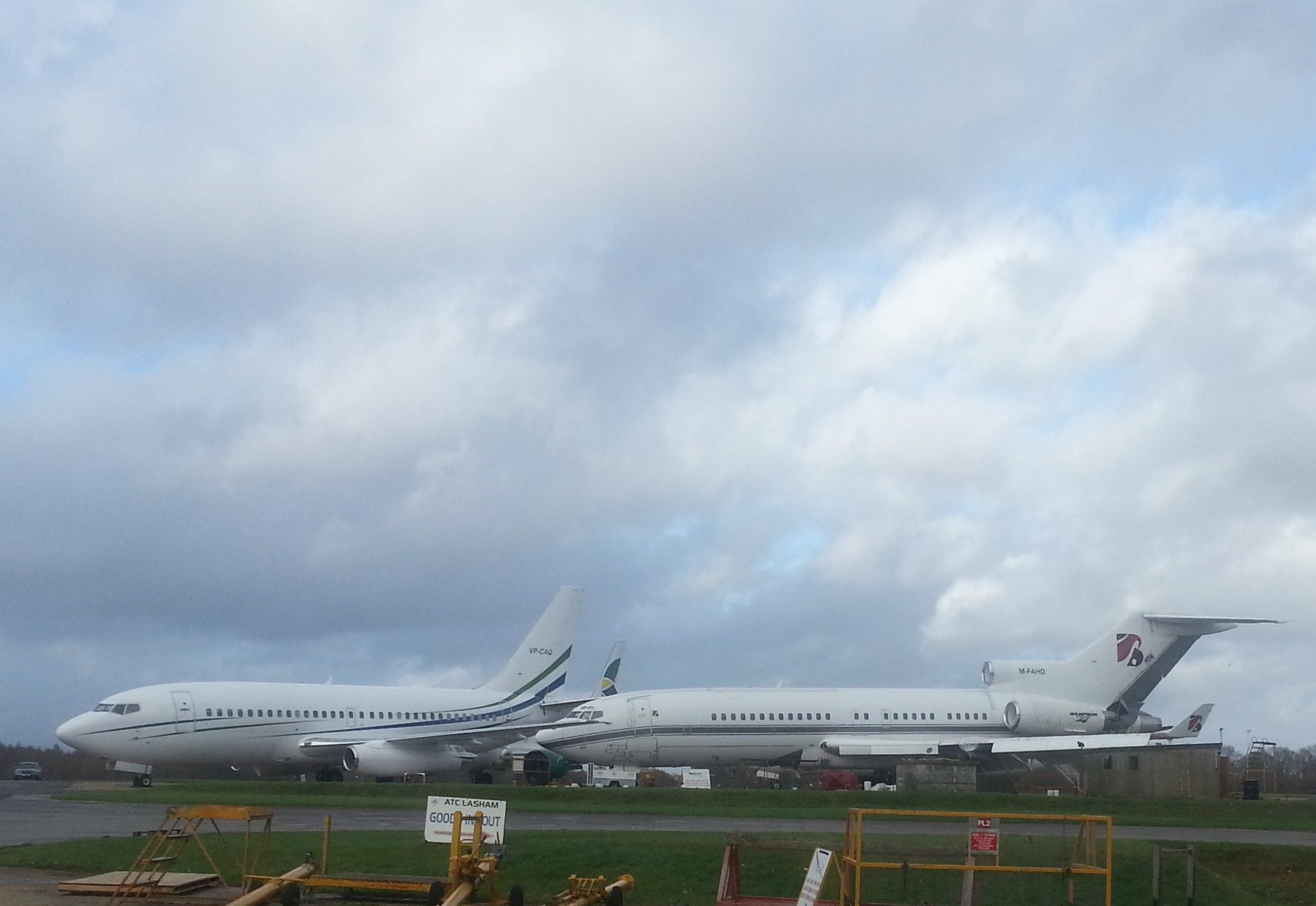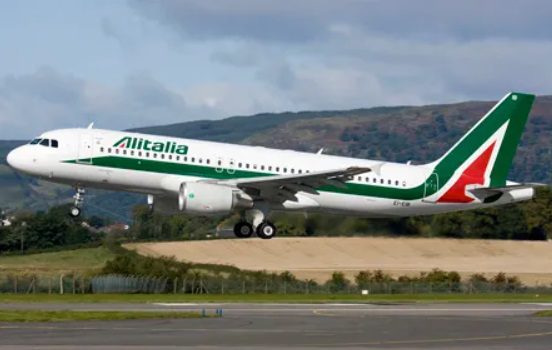Aircraft leasing involves the lessee (airline) paying maintenance reserve funds to the lessor, which are used to cover the costs of maintenance or overhaul when required. Key elements of these maintenance costs include:
Labour and Material Costs: These are the fundamental expenses involved in maintenance, including the cost of labour and materials.
Routine and Non-Routine Costs: Routine costs refer to regular, scheduled maintenance tasks outlined in the airline’s Approved Maintenance Program (AMP). Non-routine costs are unexpected or unplanned repairs and maintenance.




